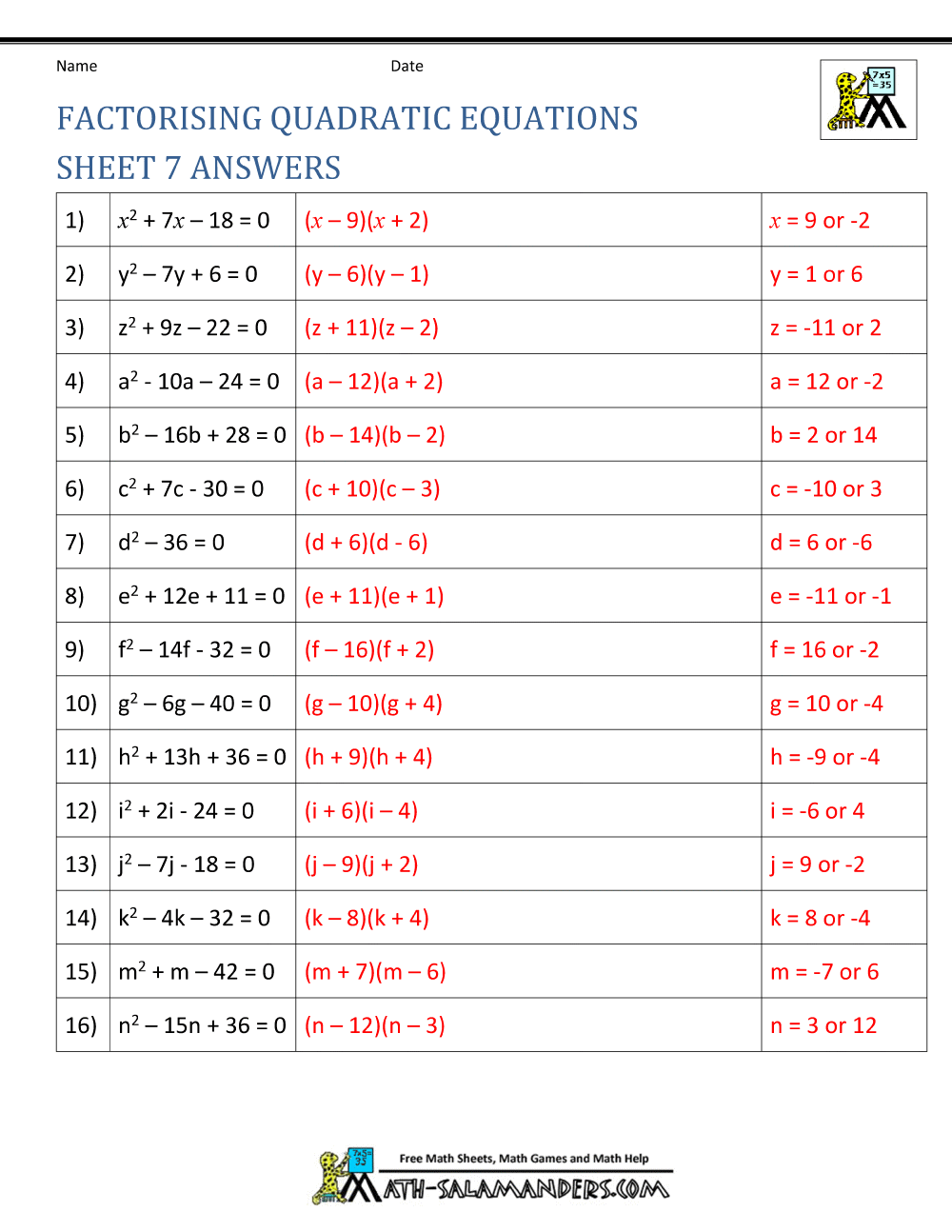

There are general formulas for 3rd degree and 4th degree polynomials as well. Similar to how a second degree polynomial is called a quadratic polynomial. A third degree polynomial is called a cubic polynomial. A trinomial is a polynomial with 3 terms. 2 − 10 2 \frac 2 2 + 1 0 start fraction, 2, plus, square root of, 10, end square root, divided by, 2, end fractionįirst note, a "trinomial" is not necessarily a third degree polynomial. If asked for the exact answer (as usually happens) and the square roots can’t be easily simplified, keep the square roots in the answer, e.g. If you use a calculator, the answer might be rounded to a certain number of decimal places.Keep the + / − +/- + / − plus, slash, minus and always be on the look out for TWO solutions.Watch your negatives: b 2 b^2 b 2 b, squared can’t be negative, so if b b b b starts as negative, make sure it changes to a positive since the square of a negative or a positive is a positive.Make sure you take the square root of the whole ( b 2 − 4 a c ) (b^2 - 4ac) ( b 2 − 4 a c ) left parenthesis, b, squared, minus, 4, a, c, right parenthesis, and that 2 a 2a 2 a 2, a is the denominator of everything above it.

Be careful that the equation is arranged in the right form: a x 2 + b x + c = 0 ax^2 + bx + c = 0 a x 2 + b x + c = 0 a, x, squared, plus, b, x, plus, c, equals, 0 or it won’t work!.


 0 kommentar(er)
0 kommentar(er)
